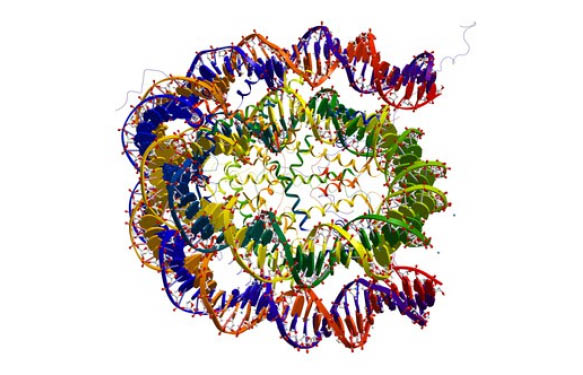
Trpytophan (trp) is an important and essential amino acid that has a variety of functions within the cell. In addition to being incorporated into the polypeptide chain of proteins, various catabolic pathways can produce a number of functional Trp derivatives. Trp is the biosynthetic precursor of the co-factor NAD, a number of antibiotics, and the neurotransmitters serotonin and melatonin.
The factors regulating the fate of Trp in the cell have yet to be fully elucidated, but likely involve specific enzymes that may vary in expression levels or with the cell type (Fig 1 – Shown is a depiction of two important tryptophan catabolic pathways and the enzymes that participate in the process).
What is the role of IDO and TDO in cancer?

Cancer cells use IDO1 and IDO2 and TDO enzymes that catalyze the first and rate limiting step of the kynurenine (Kyn) Trp degradation pathway to suppress the host’s immune response in order to facilitate survival, growth, invasion, and metastasis of malignant cells. Figure 2 shows (A) PD-1 inhibitors have shown clinical efficacy, but many tumors upregulate expression of IDO1 and/or TDO, resulting in Trp depletion in the tumor microenvironment and increased levels of the Trp metabolite, Kynunerinine (Kyn) which combine to induce T cell cycle arrest and apoptosis. Also demonstrated is (B) inhibition of IDO1 and TDO has the potential to halt T cell inhibition caused by Trp catabolism.
IDO1 and TDO are overexpressed and/or overactive in many tumors, resulting in Trp catabolism, Trp starvation, and cell cycle arrest and death of effector T cells within the tumor microenvironment. This immunotolerant environment allows cancer cells to avoid immune cell targeting (Fig. 2). Substantial research efforts have focused on the identification and development of inhibitors of the various Trp catabolic enzymes.
You might be interested in one of my previous posts, about Cell based & biochemical assays which allow for the screening of IDO or TDO inhibitors.
So, how can I differentiate between reversible and irreversible inhibitors?
To define the mechanism of action of IDO1 inhibitors, BPS Bioscience have recently released the IDO1 Inhibitor Mechanism of Action Assay Kit.
Inhibitors of IDO1 can bind either irreversibly (covalent binding to the protein) or reversibly (non-covalent association) to the enzyme. The IDO1 Inhibitor Mechanism of Action Assay Kit allows to determine the mechanism of IDO1 inhibitor binding. At high concentrations, e.g., 10x the IC50 concentration of the inhibitor, both reversible and irreversible inhibitors will interfere with IDO1 activity. However, after sufficient dilution, e.g. to 0.3x the IC50 concentration, reversible inhibitors will dissociate, relieving inhibition of the IDO1 enzyme. Irreversible inhibitors will not dissociate, and will continue to inhibit the IDO1 enzyme at the same level. Therefore, by monitoring enzymatic activity after inhibitor dilution, the mechanism of binding to the IDO1 protein can be determined.

The kit comes will all reagents necessary to run the assay including a Reversible and an Irreversible Reference Inhibitor.
As you can see in Fig 3., the compounds were diluted in DMSO and pre-incubated with IDO1 in the absence of substrate, then diluted into reaction solution containing substrate, the coupled reaction components, and the indicated concentrations of inhibitor. The reaction mixture incubated at room temperature reading UV absorption signal every 5 min.
The controls included are the negative control (NC, grey), in which assay buffer was added instead of IDO1, (PC, blue) no inhibitor throughout to reflect full enzyme activity at the amount of DMSO tested, (0.3x, green) 0.3x IC50 throughout to reflect the expected amount of inhibition remaining after dilution (if fully and rapidly reversible) and (10x, violet) 10x IC50 throughout to achieve 100% inhibition (and signal expected for irreversible inhibition). The (test, orange) conditions were pre-incubated at 10×IC50 and then diluted to 0.3×IC50 – the comparison of these results clearly show the capacity of the method to differentiate between reversible and irreversible IDO1 inhibitors.
Some related products also worth considering…
- Biochemical IDO and TDO assays
- Cell based IDO and TDO assays
- IDO or TDO expressing cell lines
- Biologically active IDO and TDO proteins
Interested in this mechanism of action kit of any other IDO or TDO related products?
Feel free to contact me with the form below!
If you are interested in staying up to date on new product developments in Drug Discovery, sign up to receive tebu-bio’s Drug Discovery e-Newsletter.
Thanks to our colleagues from BPS Bioscience for providing the data used in this blog.



